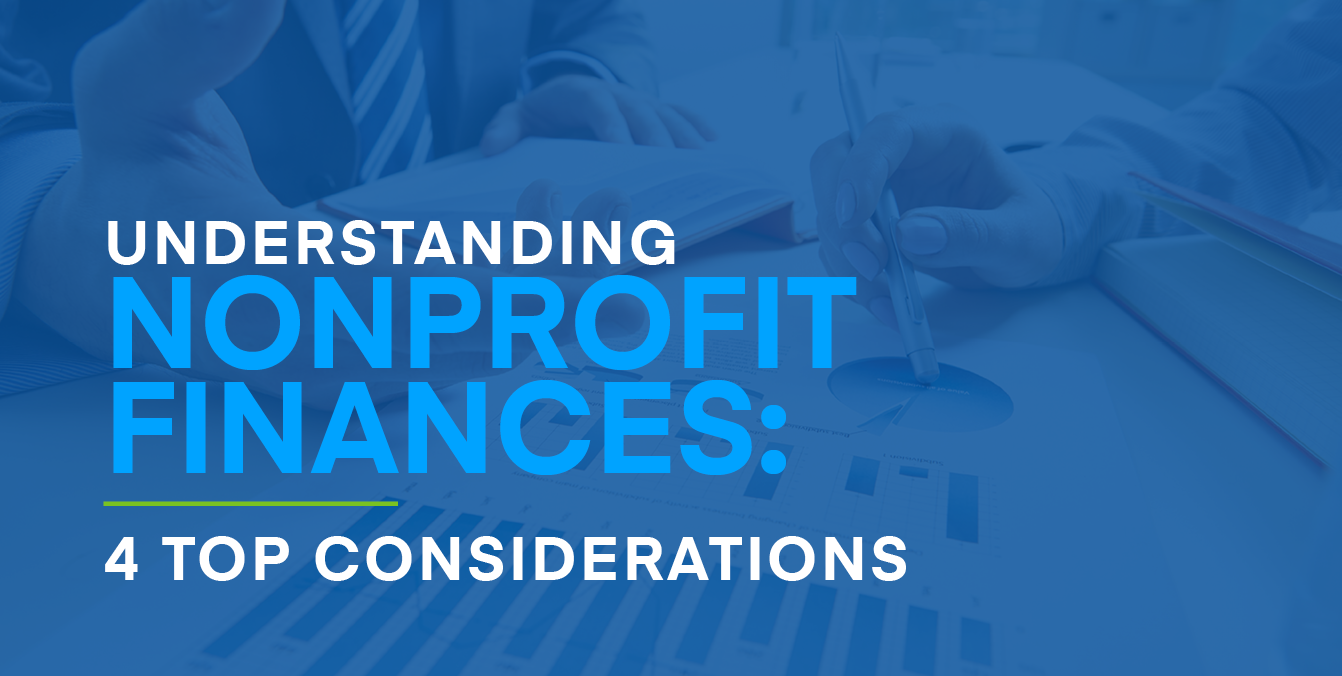
4 Common Board Member Concerns and How to Address Them
December 20, 2022Your nonprofit board is responsible for guiding your nonprofit forward. From managing finances to developing a strong marketing strategy, nonprofit board members devote a significant amount of their time and energy toward supporting your cause. However, if your board members run into roadblocks that are left unresolved, this can affect your nonprofit’s productivity.
To ensure your board members actively contribute to your mission, you need to address their concerns and help them feel valued. After all, your board’s engagement will have a direct impact on how much they’re able to achieve. A happier board will lead to more efficient meetings, better working relationships and greater strides toward advancing your nonprofit’s mission.
To help you prioritize the board member experience, we’ll explain how to address these common board member concerns:
- Fitting meetings into their schedules
- Voicing feedback
- Understanding roles within the big picture
- Forming peer-to-peer relationships
By addressing these common blockers before they become issues for board members, your organization can proactively set your board up for success. Let’s begin.
Concern #1: Fitting meetings into their schedules
Meetings are a vital part of your board’s operations. During this time, board members will discuss high-priority projects, fundraising strategies and other significant updates relevant to your nonprofit’s mission. However, if board members fail to show up for meetings or arrive late, this will slow down your entire board’s efforts and frustrate those who do come prepared.
Your board members likely have busy lives outside of your nonprofit and can easily get caught up in other responsibilities, especially if they have little notice of your meeting schedule. To navigate around this issue, your organization should set meetings at least a year in advance.
Specify the dates and times for your meetings as well as the meeting location. To accommodate everyone to the best of your ability, send out a survey asking board members their preferred meeting times. This will help your board members feel heard and increase the likelihood that they’ll attend your meetings.
Concern #2: Voicing feedback
Your board members are uniquely positioned to strengthen and reshape your nonprofit’s strategies. From working at the helm of your organization, they’re familiar with your nonprofit’s operations and have likely noticed areas for improvement. However, if there’s not a proper outlet to communicate their thoughts, they may feel like their opinions don’t matter, causing them to lose interest in supporting your organization.
According to Aly Sterling Philanthropy’s guide to fundraising consultants, bringing in a third-party expert to conduct an annual board evaluation can be an invaluable move. An experienced consultant can help identify board issues and make recommendations for strengthening your board for greater productivity. Plus, having a consultant involved can provide a neutral outlet for members and help them feel more comfortable voicing their opinions, even when their feedback isn’t favorable.
Before working with a consultant, ensure that you have board members’ approval and that they feel comfortable with your choice. This will establish trust with your board members and make them more likely to express their feedback.
Concern #3: Understanding roles within the big picture
Your board members may understand your nonprofit’s mission and goals for the future, but do they know the specific ways they’ll work to get there?
To energize your board to support your nonprofit, you’ll need to delegate roles and responsibilities. For example, how will the board members on your finance committee work towards achieving financial security for your organization? The best way to ensure that your board members understand their roles is by creating job descriptions for members, officers and committee leaders.
Additionally, members need to see their place in the “big picture.” This is impossible without a nonprofit strategic plan for the future. A strategic plan lays out your nonprofit’s priorities and each board member’s role in achieving them. For instance, if your nonprofit has low engagement rates, a priority for your board may be strengthening your marketing strategy.
Once you’ve identified this as a priority, determine what projects will help you meet this goal. According to Getting Attention’s guide to nonprofit marketing ideas, you could revamp your social media content with engaging graphics, take a more robust approach to multichannel marketing or develop a blog.
Each of these projects needs to be spearheaded by a board member, so meet with your board to delegate responsibilities, determine how you’ll measure progress and establish a timeline for completion. This will give board members the clarity they need to meet your nonprofit’s priorities.
Concern #4: Forming peer-to-peer relationships
If your board members have conflicts with each other or simply don’t have strong camaraderie, your board will be less productive. To promote a positive work environment, provide abundant opportunities for your board members to get to know each other outside of meetings.
For instance, your nonprofit can set up the following relationship-building activities:
- Volunteering sessions. By volunteering together, your board members can form friendships and become more engaged with your nonprofit’s mission. Organize a time that accommodates everyone’s schedule so all board members can participate. Make sure to thank your board volunteers for their time, so they feel appreciated and eager to continue supporting your cause together.
- A mentorship program between new and senior board members. New board members may initially struggle to develop relationships with other board members. By setting up a mentorship program, senior board members can help new members feel more comfortable and understand their role better in supporting your nonprofit.
- Dinner after your board meetings. Your board members will already be together for your meetings, so this is an easy way to give members a way to mingle that’s not work-related.
If any board members have an outstanding conflict that can’t be solved through team-building activities, bringing in a consultant can help diffuse the tension. Specifically, your consultant can create open dialogues to dive into the heart of the problem and offer solutions to restore your board’s productivity.
Your board is an essential asset to your nonprofit, but if they don’t feel recognized or have a clear sense of direction of how to help, they won’t be able to work at their full potential. Address board member concerns by proactively putting measures in place that energize your board and give them the resources they need to succeed.
Most notably, a consultant can provide the direction your board needs to work around conflicts and enhance overall efficiency. As issues arise, work with your consulting service to bolster accountability, stronger working relationships and a healthy environment that makes members feel heard. This will set your nonprofit up to achieve its fundraising goals and advance its mission.
Author: Aly Sterling

Long before Aly Sterling founded her eponymous consulting firm, she was solving the unique yet similar problems encountered by nonprofit organizations.
Her decision to start her own business in 2007 was driven by her belief in leadership as the single most important factor in organizational success, and her determination to work with multiple causes at one time to scale societal change.
Aly’s expertise includes fundraising, strategic planning, search consultation and board leadership development for the well-positioned nonprofit. She is regularly sought for comment by trade and mainstream media, including the Chronicle of Philanthropy and U.S. News & World Report. She has contributed to publications of BoardSource and The Governance Institute, as well as the Toledo Chamber of Commerce and The Giving Institute.
Get The Latest Updates
Subscribe To Our Monthly Newsletter
No spam, notifications only about new products, updates.
Become a subscriber
Subscribe to our blog and get the latest updates straight to your inbox.


